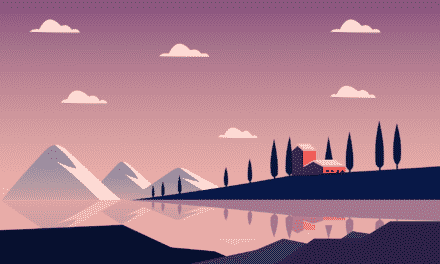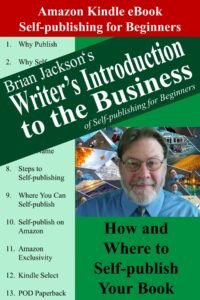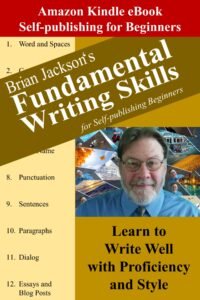I recently had a discussion with a student about outlining. Afterwards, I realized that what I wrote may interest others. Here is the augmented substance of what I wrote.
My background is that of a programmer. When we wrote software, we would design it first and make major changes while they’re easy to make. Only later would we commit the design to code. I view outlining the same way — you’re making all the high-level decisions while they’re easy to change.
Another essential element of outlining is getting your story out of your head and into a file as fast as possible. First, you don’t want to forget your story. Second, recording your story makes the story real and forces you to make important decisions regarding your plot, people and places. Finally, by getting the story out of your head, you free up those much in demand brain cells to address other things, including the needs of writing without the care of possibly having forgotten something.
Some complain that outlining takes away from the thrill of discovering the story. I argue that it just moves that thrill into the design phase.
I love both outlining and writing. During former I get to think up the story without having to worry about every detail. While writing, I love finding the best words to express my story. These are two different disciplines and therefore require two different and separate steps. Have a blast outlining your story. Then have a blast setting your story to words.
This said, my finished stories are often quite different from my original outline. So, it isn’t like there is no storytelling creativity going on during the writing process.
Now, if you’re a die-hard pantster and you can’t stand outlining then write without it. Outlining is only a useful tool if it helps you to write.
Whatever you choose to do, enjoy the entire process and keep in touch.
—Brian


















